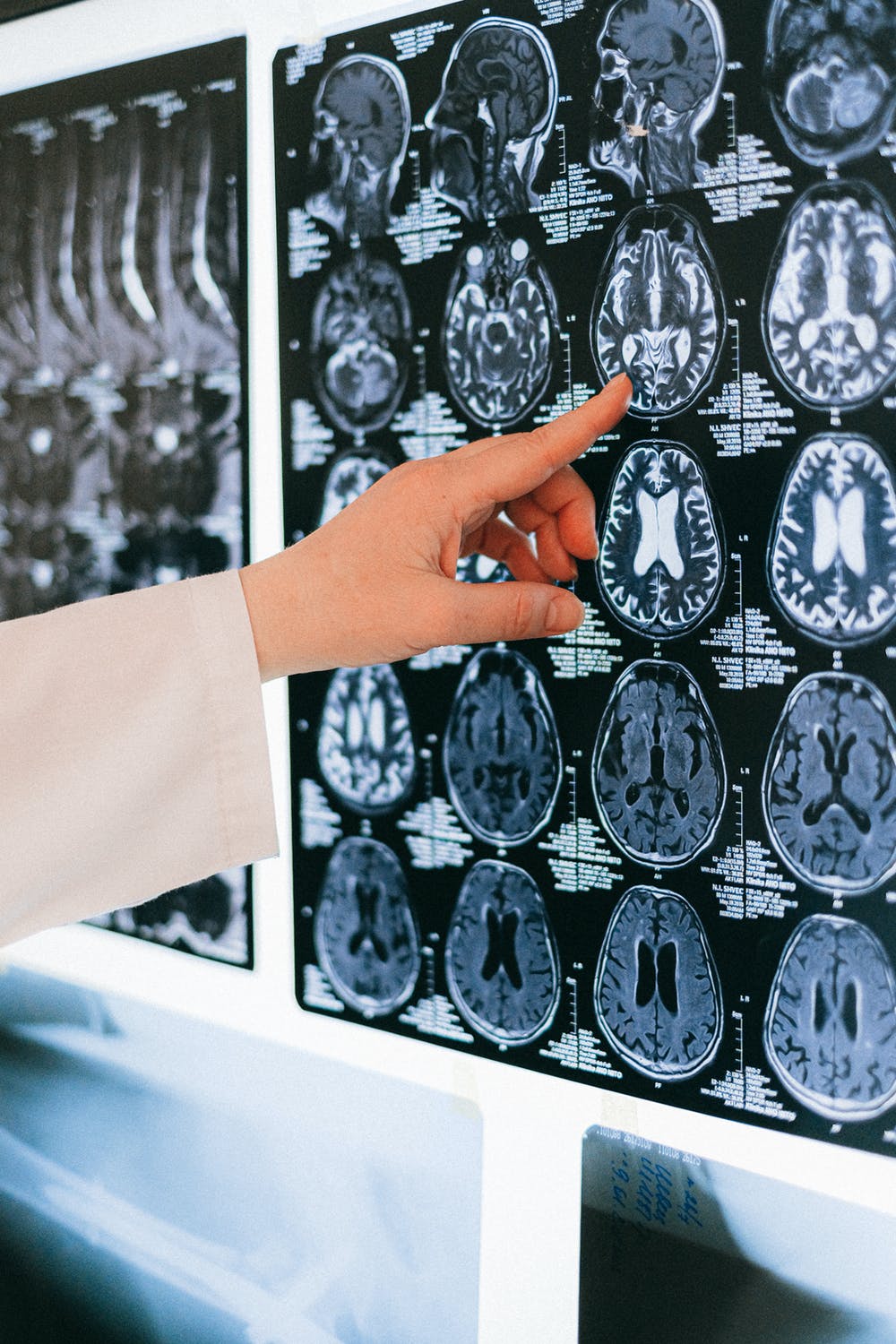According to a recent study, loss of hearing and seizures are two new, early indicators of Parkinson’s disease. Early detection and treatment of the illness may be made possible thanks to the newly discovered traits and other symptoms found in the decades before a diagnosis. It’s critical for primary care practitioners to be aware of these relationships and understand how early Parkinson’s symptoms might arise so that patients can be diagnosed in a timely manner.
Neurodegenerative disease is yet to be studied in a large, diverse population from the United Kingdom. Despite the fact that no nationality nor socio-economic status were shown to be associated with the chance of acquiring Parkinson’s, the research nonetheless gives a more detailed look at how the illness impacts all individuals, even before diagnosis.
Over a million East Londoners’ medical data were examined by researchers throughout 1990 until 2018. East London was chosen by the scientists because of its diversified population and substantial socioeconomic hardship. About 45 percent of the population of East London is Black, South Asian, multiracial, or of any other ethnicity.
Experts found a link between epilepsy and a greater likelihood of acquiring Parkinson’s disease, which was one of their most remarkable discoveries. Epilepsy and Parkinson’s disease may coexist, as shown by case reports from 2016, which indicated that both conditions could be present at the same time—either predating or emerging after a Parkinson’s diagnosis. The latest research also discovered that hearing loss might begin up to 5 years until a person is diagnosed with Parkinson’s disease as a novel discovery.
Hearing loss may have a role in Parkinson’s disease’s perceptual handling impairment, according to the study authors, who acknowledge that further research is required in this area. Researchers have shown that this impairment may express itself in a variety of ways, including via the senses of sight, sound, and even smell.
The study was published in JAMA Neurology.















Leave a Reply